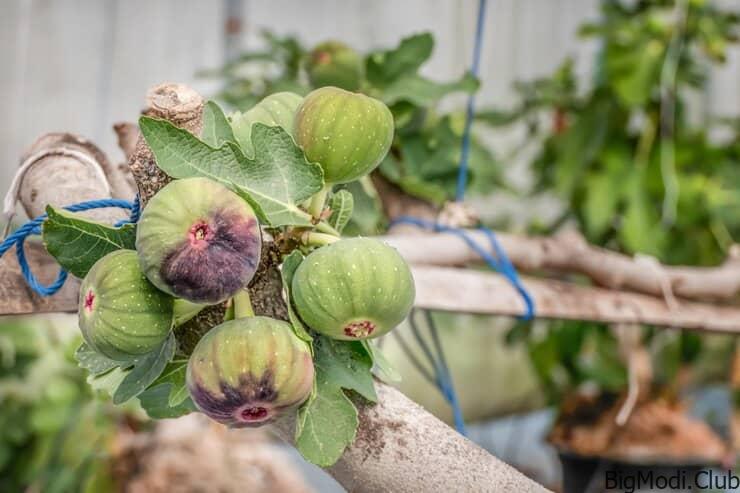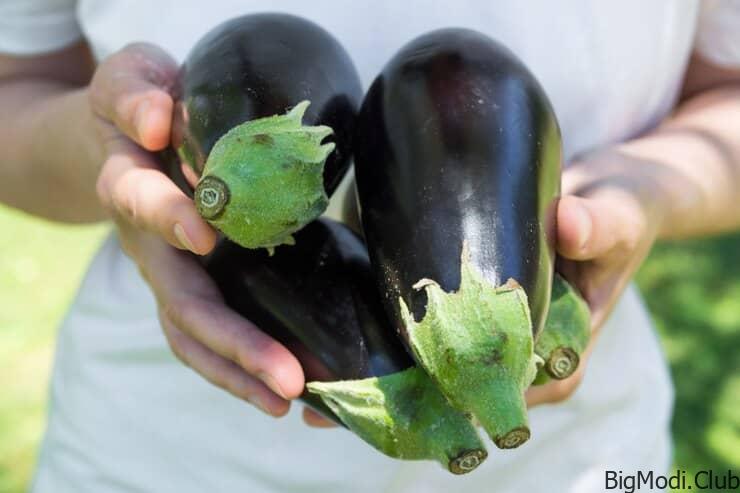Growing sweet potatoes is a rewarding endeavor, especially when you discover the secret method of using a plastic barrel. This innovative approach not only maximizes yield but also enhances the sweetness of the tubers. In this comprehensive guide, we will walk you through every step of the process, ensuring a bountiful and delicious harvest.
Why Choose a Plastic Barrel for Sweet Potatoes?
Using a plastic barrel for growing sweet potatoes offers several advantages. The controlled environment minimizes pest infestations and disease, while the vertical space optimizes root development, leading to more tubers. Additionally, the barrel retains moisture efficiently, which is crucial for the growth of sweet potatoes.
Selecting the Right Barrel
Choosing the Material: Ensure that the plastic barrel is food-grade to avoid any chemical leaching into the soil. Recycled barrels that once stored food products are ideal.
Size and Preparation: A 55-gallon barrel is perfect for this purpose. Clean the barrel thoroughly and drill drainage holes at the bottom and sides to prevent waterlogging.
Preparing the Soil Mix
Sweet potatoes thrive in well-draining, nutrient-rich soil. Here’s how to prepare the perfect soil mix:
Ingredients:
- Compost: Provides essential nutrients.
- Sand: Enhances drainage.
- Coconut Coir or Peat Moss: Retains moisture without waterlogging.
Mixing Ratio: Combine 40% compost, 30% sand, and 30% coconut coir or peat moss. Mix thoroughly to ensure even distribution of nutrients and good drainage.
Planting the Sweet Potatoes
Choosing the Right Slips: Purchase healthy sweet potato slips from a reputable supplier. Ensure they are disease-free and have vibrant leaves.
Planting Method:
- Fill the Barrel: Add the prepared soil mix to the barrel, filling it up to 6 inches from the top.
- Planting Depth: Plant the slips about 4 inches deep, ensuring the roots are well-covered. Space the slips about 12 inches apart.
- Watering: Water the slips thoroughly after planting and keep the soil consistently moist, but not soggy.
Care and Maintenance
Watering Regimen: Sweet potatoes require consistent moisture, especially during the initial growth phase. Water the plants deeply once or twice a week, depending on the weather conditions.
Fertilizing: Use a balanced, organic fertilizer every 4-6 weeks. Avoid high-nitrogen fertilizers, as they promote foliage growth at the expense of tuber development.



